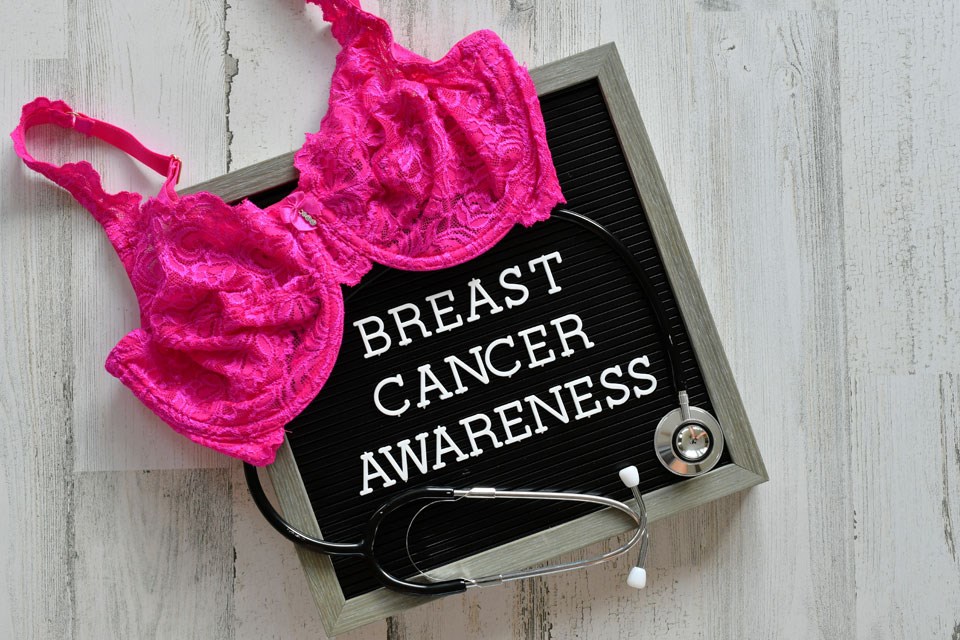Breast cancer affects the anatomy of the breasts and can often spread to the lymph nodes. While breast cancer can affect just about any woman (as well as men), certain women are at higher risk for developing breast cancer than others. Such women include those with a family history of breast cancer and/or the presence of genetic markers called BRCA1 or BRCA2 gene mutations. Those women have a lifetime risk of up to 87 percent for getting breast cancer and 53 percent for developing ovarian cancer. Other risk factors include the presence of dense breast tissue, exposure to radiation at an early age and having already had cancer in one breast.
What is prophylactic mastectomy?
In instances when breast cancer risk is particularly high, women may opt to undergo prophylactic mastectomy, also called preventative mastectomy. This is the surgical removal of one or both breasts with the intent to dramatically reduce the risk of developing breast cancer.
Rate of risk reduction
Prophylactic mastectomy reduces the risk of developing breast cancer by 90 to 95 percent among women with BRCA gene mutations, data shows. It is roughly the same risk reduction for women who already have had breast cancer or have a strong family history of the disease and then have a breast removed.
Studies indicate preventative mastectomy of the unaffected breast (called contralateral prophylactic mastectomy) in cases when breast cancer occurred in the other breast, when no genetic mutations or hereditary risk factors are present, has little to no effect on overall survival rate. This is a surgery only for those with very high risk.
Why isn’t risk reduced completely?
Not all breast tissue can be removed during a prophylactic mastectomy. That is because breast tissue can sometimes be found in the chest, armpit, skin, above the collarbone, or on the upper part of the abdominal wall. It is impossible to remove all breast tissue cells during surgery. Although risk reduction is significant after mastectomy, that risk cannot be eliminated entirely.
Risks associated with prophylactic mastectomy
There are some risks associated with prophylactic mastectomy, both during the procedure and afterwards. BreastCancer.org says bleeding or infection, fluid collecting under the scar, delayed wound healing, scar tissue formation, loss of sensation in the chest, and complications while being put under anaesthesia are all possible. Women are urged to carefully consider the pros and cons before opting for the surgery.
Alternatives
Prophylactic mastectomy is only one option for women at high risk for developing breast cancer. Some alternatives include:
- Ultrasounds, physical exams, and mammograms every three to six months for the rest of the patient’s life.
- Medication that can reduce risk of developing breast cancer.
- MRIs in addition to mammograms.
- Surgery to remove the ovaries, which can decrease both the risk of breast and ovarian cancers. It may reduce breast cancer risk by up to 50 percent if performed before age 50.
Breast cancer risk is higher in some individuals, which may prompt discussions about prophylactic mastectomies.
This story was written for the Think Pink advertising feature. It is not written by and does not necessarily reflect the views of the editorial staff.



